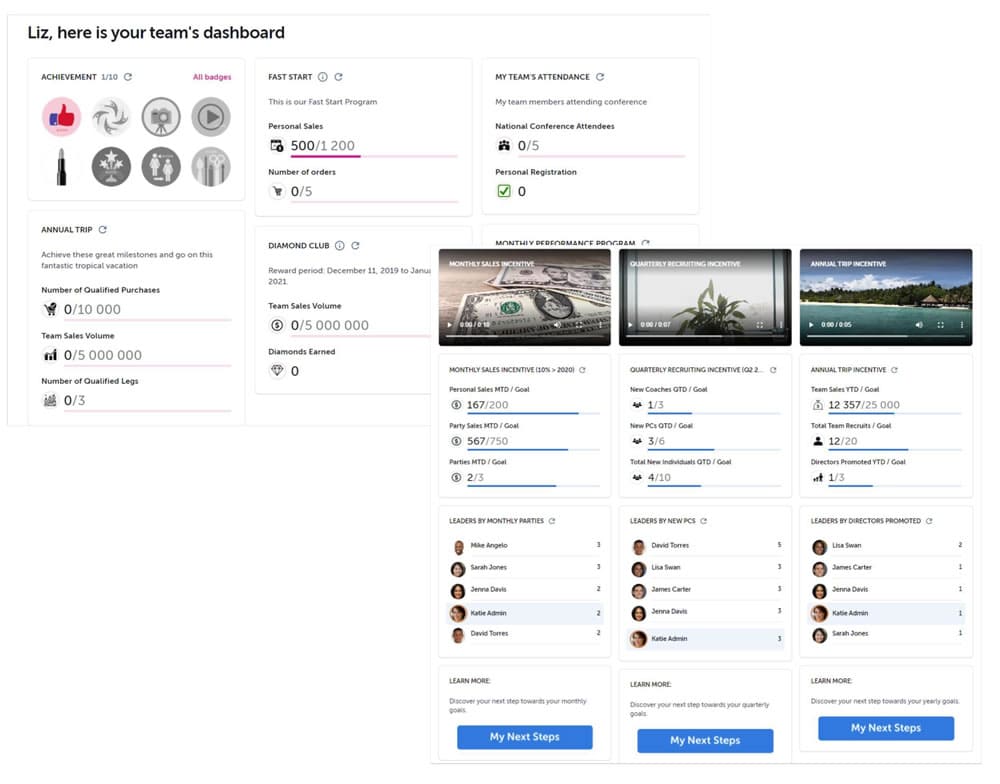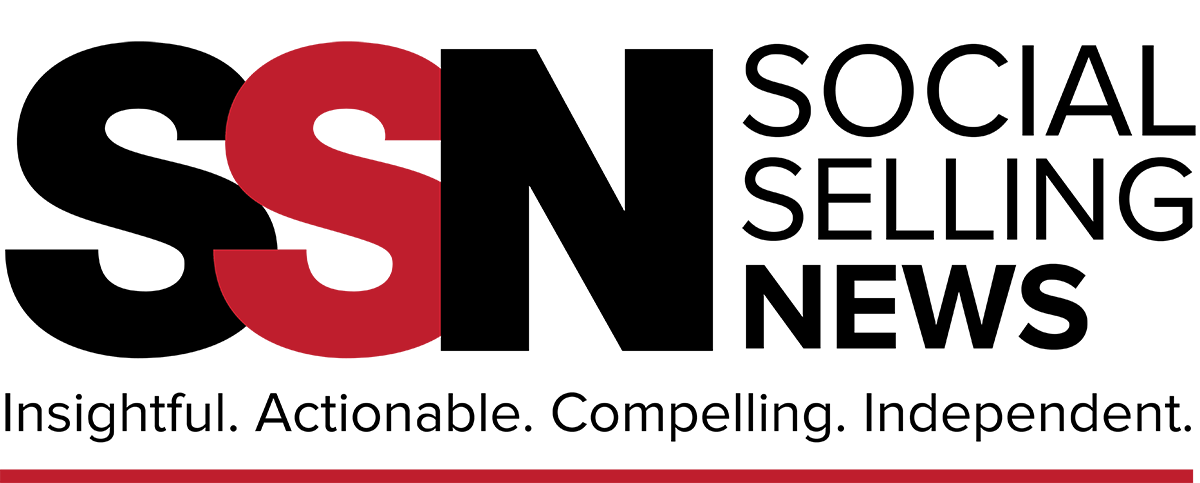
George Elfond CEO Rallyware
Rallyware
A little appreciation goes a long way – and members of the salesforce desire recognition to be shown from their leaders and the company. This is especially critical today, and despite the technology that connects us, many feel a strong sense of separation. How can we help people feel a greater connection to their teams, their mission, and their company?
This is where incentives and recognition programs come into play. Integrating an incentives and recognition program into a company’s culture becomes key, the program can then be designed to support and enhance the company’s mission and key objectives. Incentives and recognition initiatives are firmly rooted within the direct selling industry. Yet, what do modern incentives and recognition programs look like – the incentives and recognition programs of tomorrow? How do we take incentives and recognition programs and elevate them to do just a little bit more , to take them one step further and enhance their efficiency?
The power of incentives and recognition programs
1. Personalized rewards and recognitions for the whole field at scale
First, it is crucial for companies and leaders to direct their attention towards learning more about each individual member of their salesforce – their skills, habits,preferences and performance. How can you better connect with your salesforce if you do not have a complete picture of these key details? In order to gain these insights, it is important to take a data-driven approach, which transforms data into actionable insights. This is referred to as people analytics, and today, such information is easy to collect and interpret, thanks to modern technology.
From there – once you have deep insights into overall trends and behaviors of your field, personalized training programs can be automatically created for each individual, specific to their goals, interests, and preferences. No two distributors are alike. All have different personal and business goals, and all are on different paths to success. Taking a one-size-fits-all approach will not succeed. A customized learning path takes into account any skill gaps, strengths or weaknesses.
For example, when joining a direct selling company as distributors, Martha, a self-described ‘beauty connoisseur,’ is primarily interested in gaining access to the company’s beauty and wellness products, while Elizabeth is interested in making anincome as an entrepreneur. Based on these preferences, the two will have very different experiences and be offered customized onboarding journeys, and be delivered the relevant training, and at the right time. Martha would be provided withmore training related to products, and Elizabeth with business-related training.
2. Giving everyone a chance to succeed
In incentives and recognition programs, there is enough room for everyone to achieve success. Not only those in the top 1-2% are competing for the top prize, butall have a chance to potentially win. Not just the industry veterans and those with large networks, but everybody – the young and the old, the inexperienced and the social media gurus. There is the opportunity now, to reward the whole field – a successful incentives and recognition program rewards the day-to-day activities of each individual, looking at the entire field and the contributions that each makes. There is the opportunity to move and drive those who are also in the middle – and the incentives and recognition programs of tomorrow have the capability to achievethis.
“We’re excited for this solution, which is already helping companies drive business results by changing distributed workforce behaviors in line with business KPIs,” noted Rallyware CEO George Elfond.
3. Offering transparency and visual insights…and encouraging a bit of healthy competition
There must also be some method of displaying results to members of the workforce,a platform where they can view their goals and progress. A robust incentives and recognition program offers such a platform – with dashboards and leaderboards thatshow an individuals’ current standing. For instance, based on a distributor’s goal to gain 20 new prospects per month, they are able to see that they are currently 50% on their way completing this goal while it’s already almost the end of the monthly campaign.
With these tools, individuals are also able to view their current standing in terms of their peers and other team members. Where are they currently, and where do they need to go next, to reach their milestones and achieve new heights?
In the quest to gain new prospects, for example, Albert is presently in third place, ahead of Margaret and Kyle. The prize for the individual with the greatest number ofnew prospects made during that month is a new outdoor speaker system. On the leaderboard, Albert can see that he has 10 more people to connect with until he reaches his goal. He then works hard to connect with the remaining 10 people, achieves this, and plans a backyard barbeque featuring his new audio equipment. Margeret and Kyle, as well as the rest of his team members are all invited.
It is imperative that companies design their incentives and recognition programs in such a way that each activity delivered to a distributor is aligned with the company’s overall business objectives. Smart incentives and recognition programs drive desired distributor behaviors (i.e. sales productivity).

This is the impact of incentives and recognition programs – inspiring those who are close to the bar, and helping get them over that bar. Providing real-time visibility creates healthy competition, while also keeping the entire workforce concentrated on their roles in working towards a common business goal. Having this visibility is key, so distributors are aware of the options that exist in terms of incentives and prizes, and how much time is left for them to reach their milestones and goals.
Recent analysis from Rallyware points to the power of visual insights – revealing that even by visiting the online platform where the distributors can see their individual progress and how much is left to reach their goals helps to drive sales productivity. The analysis found that the quarterly sales of users who were more active on the platform were, on average, 2.1 times higher than the sales of those who simply registered on the platform.
Examining the sales of users who have completed tasks, these were, on average, 12% higher than the sales of users who simply visited the platform (‘tasks’ are suggested micro-activities that are in line with a distributor’s pre-determined goals and are based on their live performance data). Based on their goal to gain a certain number of new prospects, for example, a distributor may be provided with weekly and daily tasks to send new connection requests and follow-up emails.
Today, it is necessary for incentives and recognition programs to be strongly integrated into an organization’s culture, to connect members of the workforce across borders and time zones, and give them the recognition they truly deserve.
Yet, there is the opportunity to do more – to harness new tools and technologies to strengthen current incentives and recognition programs for all distributors, to reward them for their individual performance, and recognize each and every individual for their efforts.
Curious to learn more about the power and impact of incentives and recognition programs? Schedule a demo to see for yourself the impact of Rallyware’s incentivesand recognition solution!




